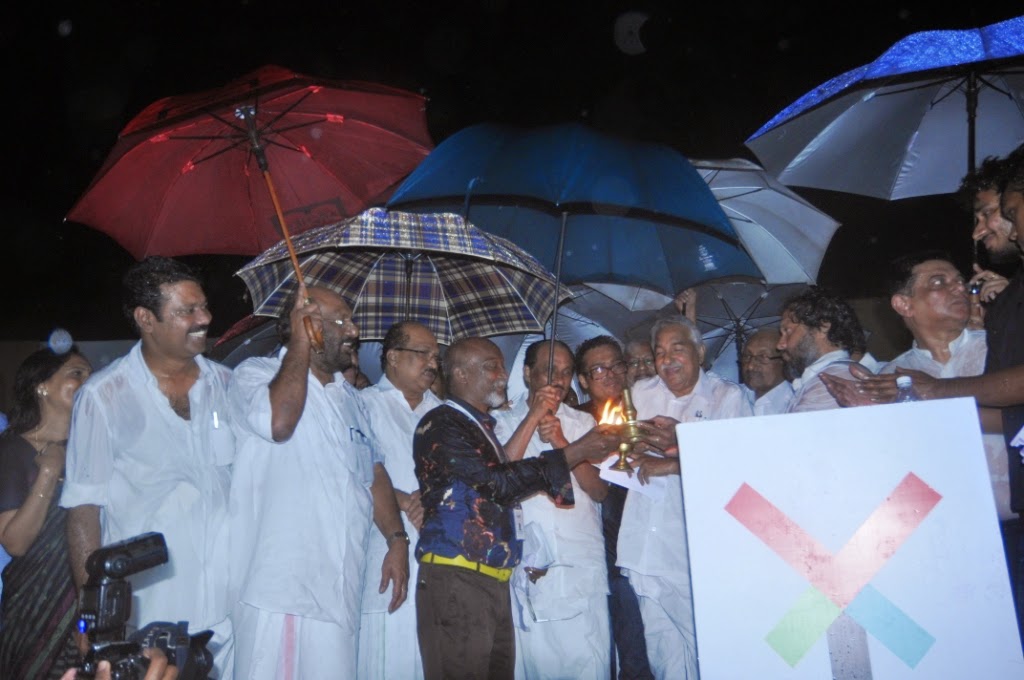Kochi, Dec 20: One of the most powerful figures in the global art world will address the Kochi-Muziris Biennale next week, as curator-critic Okwui Enwezor will be in conversation with two key figures of the ongoing 108-day festival here.
The 51-year-old Nigerian, who is also a poet and academician, will speak at the Let’s Talk programme being organised by the Kochi Biennale Foundation on December 22. KMB 2014 director of programmes Riyas Komu and curator Jitish Kallat will interact with Enwezor in the Umbrella Pavilion of the main Aspinwall House venue in Fort Kochi at 11 am.
Enwezor, who was ranked 42 in London-based ArtReview magazine’s Power 100, is the curator of the 2015 Venice Biennale, thus becoming the first African-born curator in the Italian festival’s 119-year-long history.
“Enwezor is one of the most insightful and path-breaking curators working today,” said Kallat, who is the artist director of KMB’14. “It is a delight having him here in Kochi and to be able to share the biennale with him. Equally his talk and visit will benefit the artistic community in Kochi who would otherwise not have an opportunity to interact with him.”
KMB’s Let’s Talk programme, which has continued even between the two-year gap of the biennales, has brought scholars, artists and thinkers to the city with the aim of make cultural, historical and political discourses accessible to people.
Having curated and co-curated several groundbreaking exhibitions and biennales around the world, Enwezor was the artistic director of the prestigious documenta 11, making him the first non-European on the job at the exhibition of contemporary art held every five years in Germany since 1955.
Enwezor moved to New York as a student at 18 and, after his graduation, started out writing poems, aiming to become a writer and critic. But as an art lover in his twenties, he felt that the notion was not “credible” that art was made only by European or white artists, and was administered by “essentially the hallowed ground of European authority”.
He decided to shake things up by teaming with fellow African critics and launched the triannual Nka Journal of Contemporary African Art. After putting on a couple of small museum shows, Enwezor, who has authored several books on African art, had his breakthrough in 1996 as a curator of In/sight, an exhibit of 30 African photographers in New York City’s Guggenheim Museum.
“I am always curious about new developments,” Enwezor said in a previous interview about curating. “At the same time there are some artists whose ideas and projects have been critically important, who are not only colleagues but intellectual companions. But the work has to be relevant to the matter at hand, but also has to have a sense of cultural durability and substance in so far as the arc of the artist’s overall approach is concerned.”

.jpg)























.JPG)
.jpg)











